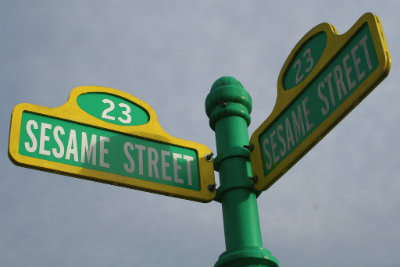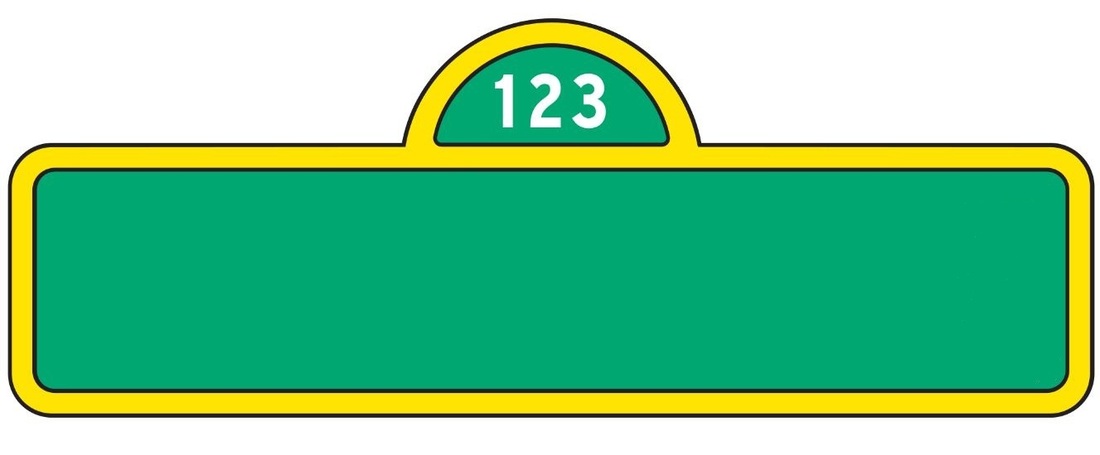

It is she who owns the rights to the Sesame Street brand. This was the abbreviated name of the Children’s Television Workshop, which produces television content for preschoolers and schoolchildren. It had another white inscription: the abbreviation “CTW,” which the designers arched out. The phrase “SESAME STREET” consisted of white capital letters and was inside a light green rectangle with rounded sides.Īt the top of the quadrangular figure rose a semicircular ledge, centered. The authors of the first logo decided to play with the name of the training show, so they depicted it on a kind of address plate. Each episode is a sketch where a certain plot is played out with the participation of permanent and temporary characters.

The show combines elements of comedy, puppetry, and animation. Its creator is the non-profit company Sesame Workshop, which earns money not from advertising but from royalties and the sale of toys. Sesame Street is an educational program designed for preschool children. However, a reference to him was preserved in the series’s logo: the house number “123” is indicated above the name of Sesame Street. But it turned out that such an address exists in a bohemian residential area in Manhattan. At first, the co-authors of the show were inclined to another option: 123 Avenue B. By the way, the name for the educational project was chosen at the very last moment.
#SESAME STREET SIGN TV#
But the show turned out to be so interesting that it attracted the attention of even those who did not live in disadvantaged areas.Īs the show’s popularity grew, Sesame Workshop, owner of the rights to the show, began marketing Sesame Street overseas and licensed the TV show’s logo for use on merchandise and toys.įor more than 50 years, this symbol has hardly changed: on the day of the first episode’s premiere, it contains the inscription “SESAME STREET,” stylized as an address sign. Almost for the first time in the history of American television, African Americans were presented not as marginal but as positive characters.Īll this was aimed at boosting the self-esteem of black children who, due to poverty, could not afford to prepare for school. Speaking against racism, poverty, and inequality, the co-authors of the program showed an example of a harmonious society where white and black people became friendly neighbors. They involved a wide variety of specialists in this process and created the Children’s Television Workshop, later renamed Sesame Workshop. To make up for the educational deficit, Morrisett and Cooney decided to produce a show combining play and learning elements.

But against the background of the struggle for social rights, it was important to give every child the opportunity to learn, even if he lived in a disadvantaged area. It was 1966, a time of social inequality when not all parents could prepare their children for school. Once at dinner, they discussed the problems of preschool education caused by the poverty of many American families – primarily blacks. Lloyd Morrisett and Joan Ganz Cooney created Sesame Street. This is probably why the show has remained viable despite the changes in the media landscape that have taken place over the past 50 years. And parodies of pop culture and humor elements attract an older audience’s attention. He made his debut in 1969 in the US and has been on television ever since, instilling in children basic life skills and a love of learning.
#SESAME STREET SIGN SERIES#
Sesame Street is considered one of the longest-running TV series for a reason.


 0 kommentar(er)
0 kommentar(er)
